Home>Garden Essentials>When Do Seeds Sprout
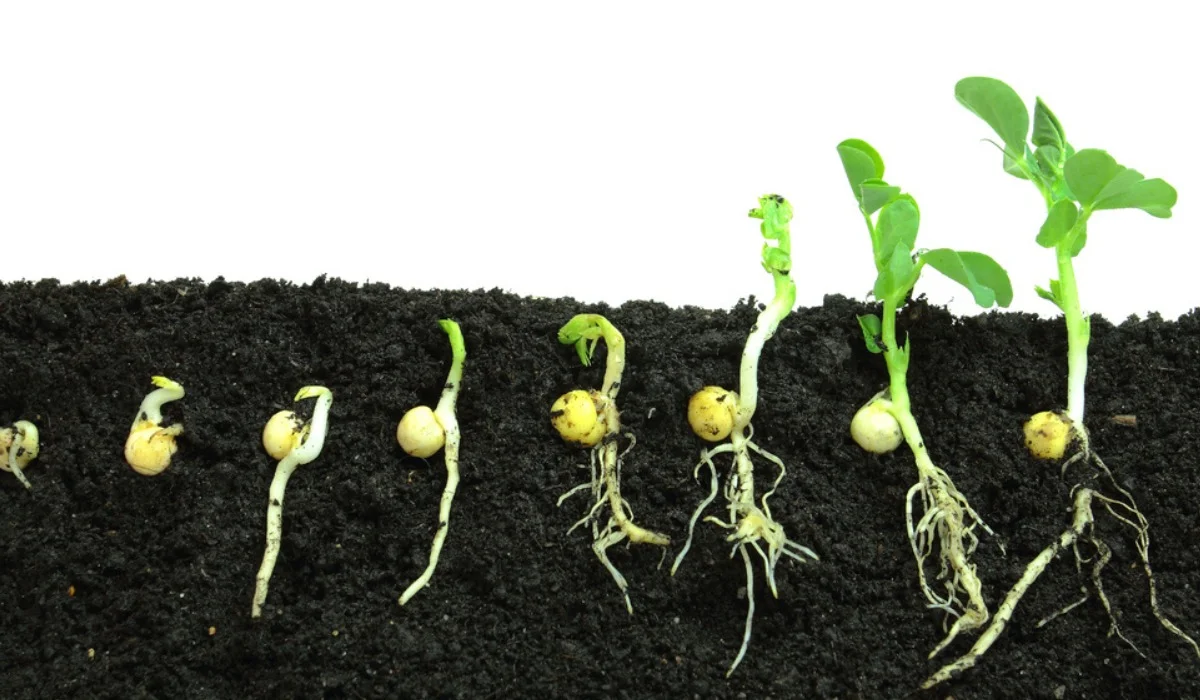

Garden Essentials
When Do Seeds Sprout
Modified: April 22, 2024
Learn when seeds sprout in your garden and improve your gardening knowledge. Find out the ideal conditions for seed germination and get started on your green thumb journey today.
(Many of the links in this article redirect to a specific reviewed product. Your purchase of these products through affiliate links helps to generate commission for Storables.com, at no extra cost. Learn more)
Introduction
Seeds are fascinating little powerhouses of life. Within these tiny packages lie the potential for vibrant flowers, delicious fruits, and bountiful harvests. Understanding the process of seed germination is crucial for any gardener or plant enthusiast, as it determines the success of growing plants from seeds.
In this article, we will explore the factors that affect seed germination, including temperature, light, and water requirements. We will also delve into the germination times of common seeds and discuss the optimal environmental conditions for maximizing germination success.
Whether you are a beginner gardener or an experienced horticulturist, this article will provide valuable insights into when and how seeds sprout, equipping you with the knowledge to cultivate thriving plants from seeds.
Key Takeaways:
- Seeds need the right temperature, light, water, and oxygen to sprout. Understanding these factors helps gardeners create the perfect conditions for successful seed germination and healthy plant growth.
- Different seeds have unique temperature, light, and water requirements. By providing the ideal environment, gardeners can maximize germination rates and enjoy a flourishing garden filled with vibrant plants.
Read more: When To Plant Brussel Sprout Seeds
Factors Affecting Seed Germination
Seed germination is a complex physiological process influenced by various factors. Understanding these factors is essential for successful seed germination. Here are the key factors that affect seed germination:
- Temperature: Temperature plays a crucial role in seed germination. Each plant species has its optimal temperature range for germination. Seeds need to be exposed to the right temperature range to activate enzymes and initiate the germination process. Some seeds require warm temperatures, while others prefer cooler conditions. It is important to research the specific temperature requirements of the plant species you are working with.
- Light: Light is another important factor influencing seed germination. Some seeds require light to germinate, while others prefer darkness. Light stimulates the production of certain hormones in seeds, triggering germination. Seeds that require light for germination should be sown on the soil surface so that they can receive the necessary light exposure. On the other hand, seeds that require darkness should be covered with a thin layer of soil to provide the ideal conditions for germination.
- Water: Adequate moisture is crucial for seed germination. When the right amount of water penetrates the seed coat, it activates enzymes that initiate the germination process. However, excessive moisture can lead to rotting or fungal infections. It is important to provide consistent moisture levels during germination, ensuring the seeds do not dry out or become waterlogged.
- Oxygen: Oxygen is essential for the respiration of germinating seeds. It allows the seed to break down stored nutrients and release energy to fuel the germination process. Proper soil aeration is necessary to ensure an adequate oxygen supply to the seeds.
These factors interact with each other and with the genetic makeup of the seeds to influence germination. It is important to find the right balance of these factors to optimize the germination process.
Temperature Requirements for Seed Germination
Temperature is a critical factor that determines the success of seed germination. Each plant species has its own temperature requirements for optimal germination. Understanding these temperature preferences will help you create the ideal environment for your seeds to sprout.
Generally, seeds can be categorized into three groups based on their temperature preferences: cool-season seeds, warm-season seeds, and seeds with a wide temperature range.
Cool-season seeds: These seeds prefer cooler temperatures ranging from 40°F to 60°F (4°C to 15°C). Common examples of cool-season seeds include lettuce, spinach, and peas. These seeds can germinate in colder soil and air temperatures, making them suitable for early spring or fall planting.
Warm-season seeds: These seeds require warmer temperatures ranging from 70°F to 85°F (21°C to 29°C) for germination. Examples of warm-season seeds include tomatoes, peppers, and cucumbers. These seeds thrive in the heat of summer and are typically planted after the last frost date when the soil and air temperatures have warmed up.
Seeds with a wide temperature range: Some seeds have a broad temperature range for germination. These seeds are considered versatile and can germinate in both cool and warm temperatures. Examples of seeds with a wide temperature range include carrots, radishes, and beans. They can be planted earlier than warm-season seeds and can tolerate fluctuations in temperature.
To provide the optimal temperature conditions for seed germination, it is recommended to use a seed starting heat mat or a germination chamber. These tools help maintain consistent and controlled temperatures, ensuring the seeds receive the warmth they need to sprout. Paying attention to the recommended temperature range for each plant species will help you achieve higher germination rates and successful seedling emergence.
Keep in mind that temperature is not the only factor affecting seed germination. Light, water, and oxygen levels also play crucial roles in the process. By considering and harmonizing all these factors, you can create the optimal conditions to encourage successful seed germination.
Light Requirements for Seed Germination
While temperature is an important factor for seed germination, light also plays a crucial role in the process. Some seeds require light to initiate germination, while others prefer darkness. Understanding the light requirements of different seeds allows you to provide the optimal conditions for successful germination.
Seeds that require light for germination:
These seeds are often small, fine, and have a thin seed coat. They need exposure to light to stimulate the germination process. Sowing these seeds on the soil surface allows them to receive an appropriate amount of light. Examples of seeds that require light for germination include many types of lettuce, petunias, and snapdragons.
Seeds that prefer darkness for germination:
Some seeds, on the other hand, need darkness to germinate. These seeds have a thick seed coat that prevents light from reaching the embryo. Planting them slightly deeper in the soil or covering them with a thin layer of soil ensures they are shielded from light. Examples of seeds that prefer darkness for germination include carrots, beets, and radishes.
It is important to note that even seeds that require darkness may benefit from brief exposure to light during the germination process. Once the seeds have sprouted and the seedlings begin to emerge, they will require light for proper growth and development.
For seeds that require light, it is crucial to provide the right intensity and duration of light. Inadequate light conditions can lead to poor germination rates or weak seedlings. Placing seeds near a sunny window or using fluorescent grow lights can help ensure they receive adequate light. Additionally, maintaining a consistent light cycle of 12-16 hours of light per day is recommended for optimal germination.
Remember, each plant species has its own unique light requirements. It is essential to research the specific light preferences of the seeds you are working with to provide the ideal conditions for germination. By understanding and meeting the light requirements of different seeds, you can increase your chances of successful seed germination and healthy seedling growth.
Seeds sprout when they have enough moisture, warmth, and oxygen. Plant seeds at the right depth in soil, keep them watered, and provide sunlight for best results.
Water Requirements for Seed Germination
Water is a fundamental element for seed germination. It provides the necessary hydration for seeds to absorb and initiate the germination process. Understanding the water requirements of seeds is crucial for ensuring successful germination and healthy seedling development.
During the germination process, seeds swell as they absorb water. This triggers enzymatic activity and metabolic changes within the seed, leading to the growth of the embryonic plant. However, it’s important to strike a balance when it comes to water availability.
Here are some key points to consider regarding water requirements for seed germination:
- Adequate moisture: Seeds need to be in an environment with adequate moisture to absorb water and start the germination process. Lack of moisture can hinder germination, while excessive moisture can lead to fungal diseases or rotting of the seeds. It is crucial to provide a consistently moist but not waterlogged environment for the seeds.
- Consistent moisture: During germination, it’s important to maintain consistent moisture levels in the germination medium. This can be achieved by lightly misting the seeds with water or covering the containers with a plastic dome or plastic wrap to create a mini greenhouse effect. Regularly monitor the moisture levels to avoid drying out or overwatering the seeds.
- Water quality: The quality of water used for seed germination can also impact the process. It is recommended to use clean, chlorine-free water, as chlorine can be harmful to seeds. If using tap water, allowing it to sit for 24 hours can help dissipate the chlorine. Alternatively, you can use distilled or filtered water for optimal seed health.
It’s important to note that different types of seeds have unique water requirements. Some seeds may have a higher tolerance for drought, while others require more consistent moisture. Researching the specific water needs of the seeds you are working with will help you provide the appropriate amount of water.
By understanding and meeting the water requirements for seed germination, you can create the ideal conditions for successful seedling emergence. Providing adequate moisture, maintaining consistent moisture levels, and using quality water will set the stage for healthy seed germination and strong seedling growth.
Read more: When To Start Brussel Sprout Seeds
Germination Time for Common Seeds
The germination time of seeds can vary greatly depending on the specific plant species. Some seeds germinate quickly, while others can take weeks or even months to sprout. Understanding the germination times of common seeds will help you plan and manage your gardening activities effectively.
Here are the approximate germination times for some commonly grown seeds:
- Lettuce: Lettuce seeds typically germinate within 7 to 14 days.
- Tomatoes: Tomato seeds usually take about 7 to 14 days to germinate, although it can sometimes take longer.
- Cucumbers: Cucumber seeds generally germinate within 7 to 10 days.
- Radishes: Radish seeds are known for their quick germination. They usually sprout within 3 to 7 days.
- Beans: Bean seeds germinate relatively quickly, typically within 7 to 10 days.
- Carrots: Carrot seeds can take slightly longer to germinate, ranging from 10 to 20 days.
- Peppers: Pepper seeds typically germinate within 7 to 14 days, although some varieties may take longer.
It’s important to note that these are general guidelines and actual germination times can vary depending on various factors such as temperature, light, water availability, and seed quality. Additionally, some seeds may have a wider range of germination times due to variations within the seed lot.
To encourage successful germination, it is recommended to follow the specific germination instructions provided on the seed packet or by reputable gardening resources. These instructions may include soaking the seeds before sowing, scarifying the seed coat, or providing specific temperature requirements.
Remember to be patient when waiting for seeds to germinate. Some seeds, especially those from native or wild plants, may exhibit dormancy mechanisms that extend their germination time. However, with the right conditions and proper care, most seeds will eventually sprout and grow into healthy seedlings.
By understanding the typical germination times of common seeds, you can plan your gardening activities accordingly and ensure that you provide the necessary care and attention during the germination period.
Environmental Conditions for Optimizing Seed Germination
Creating the right environmental conditions is crucial for optimizing seed germination. By providing the ideal conditions, you can enhance germination rates and promote healthy seedling growth. Here are some key factors to consider:
- Temperature: Different seeds have specific temperature requirements for germination. It’s important to research the temperature preferences of the seeds you are working with and provide the appropriate conditions. Using a seed starting heat mat or a germination chamber can help maintain consistent and controlled temperatures, ensuring the seeds receive the warmth they need to sprout.
- Light: Light is another important factor. Some seeds require exposure to light to initiate germination, while others prefer darkness. Placement of the seeds based on their light requirements is essential. Seeds that need light should be sown on the soil surface, while those that prefer darkness can be covered with a thin layer of soil.
- Moisture: Adequate moisture is crucial for seed germination. Seeds require consistent moisture to absorb water and activate the germination process. However, excessive moisture can lead to rotting or fungal infections. It’s important to provide consistent, but not waterlogged, moisture levels. Regularly check the moisture levels and adjust watering practices as needed.
- Air circulation: Good air circulation is essential for preventing fungal diseases and supporting seedling growth. It helps in maintaining the proper oxygen levels required for germination. Ensure proper ventilation in your germination area by using fans or opening windows to promote healthy airflow.
- Soil quality: The quality of the germination medium is crucial for seed germination. Opt for a well-draining seed-starting mix that provides good moisture retention while allowing excess water to drain away. Avoid using heavy or compacted soils that can hinder root development and cause waterlogging issues.
Additionally, each plant species may have specific preferences for pH levels, nutrient requirements, and stratification or scarification needs. Researching the particular needs of the seeds you are working with will enable you to provide the most suitable environmental conditions for germination.
Monitoring and maintaining these environmental conditions throughout the germination period is essential. Regularly check temperature levels, adjust watering practices, and ensure adequate exposure to light or darkness, depending on the seed requirements.
By optimizing the environmental conditions for seed germination, you set the stage for successful sprouting and healthy seedling development. Remember that patience and consistency are key, as germination times can vary. With the right care and attention, you’ll be rewarded with a flourishing garden filled with vibrant and thriving plants.
Conclusion
Understanding the process of seed germination is essential for any gardener or plant enthusiast. By delving into the factors that affect seed germination, we gain valuable insights into when and how seeds sprout. From temperature and light requirements to water and environmental conditions, each factor plays a crucial role in the success of seed germination.
Temperature preferences vary among different plants, with some seeds favoring cooler temperatures, while others thrive in warmer conditions. Aligning the temperature requirements of seeds with the appropriate environmental settings will promote optimal germination rates.
Light is an equally important factor, as some seeds require light exposure for germination, while others prefer darkness. Providing the right lighting conditions for each seed type plays a significant role in successful germination and seedling development.
Water is a fundamental element for seed germination. Maintaining consistent moisture levels is important, keeping seeds adequately hydrated without causing waterlogging or dehydration. Striking the right balance is crucial for supporting healthy seed germination.
Creating an optimal environment for seed germination involves ensuring proper air circulation, using high-quality germination mediums, and considering specific needs such as pH levels, nutrient requirements, and stratification or scarification for certain seed types.
By understanding and implementing these factors and considering the unique requirements of different plant species, we can maximize germination rates and set the stage for successful seedling emergence. Patience and attention to detail are key, as germination times can vary between seeds and plant varieties.
With the knowledge gained from this article, you are now equipped to embark on your seed germination journey with confidence. Whether you are a beginner gardener or an experienced horticulturist, understanding the intricacies of seed germination will help you cultivate vibrant and thriving plants from seeds, bringing joy and beauty to your garden.
So go ahead, plant those seeds, provide the optimal conditions, and watch them sprout, grow, and flourish!
Frequently Asked Questions about When Do Seeds Sprout
Was this page helpful?
At Storables.com, we guarantee accurate and reliable information. Our content, validated by Expert Board Contributors, is crafted following stringent Editorial Policies. We're committed to providing you with well-researched, expert-backed insights for all your informational needs.
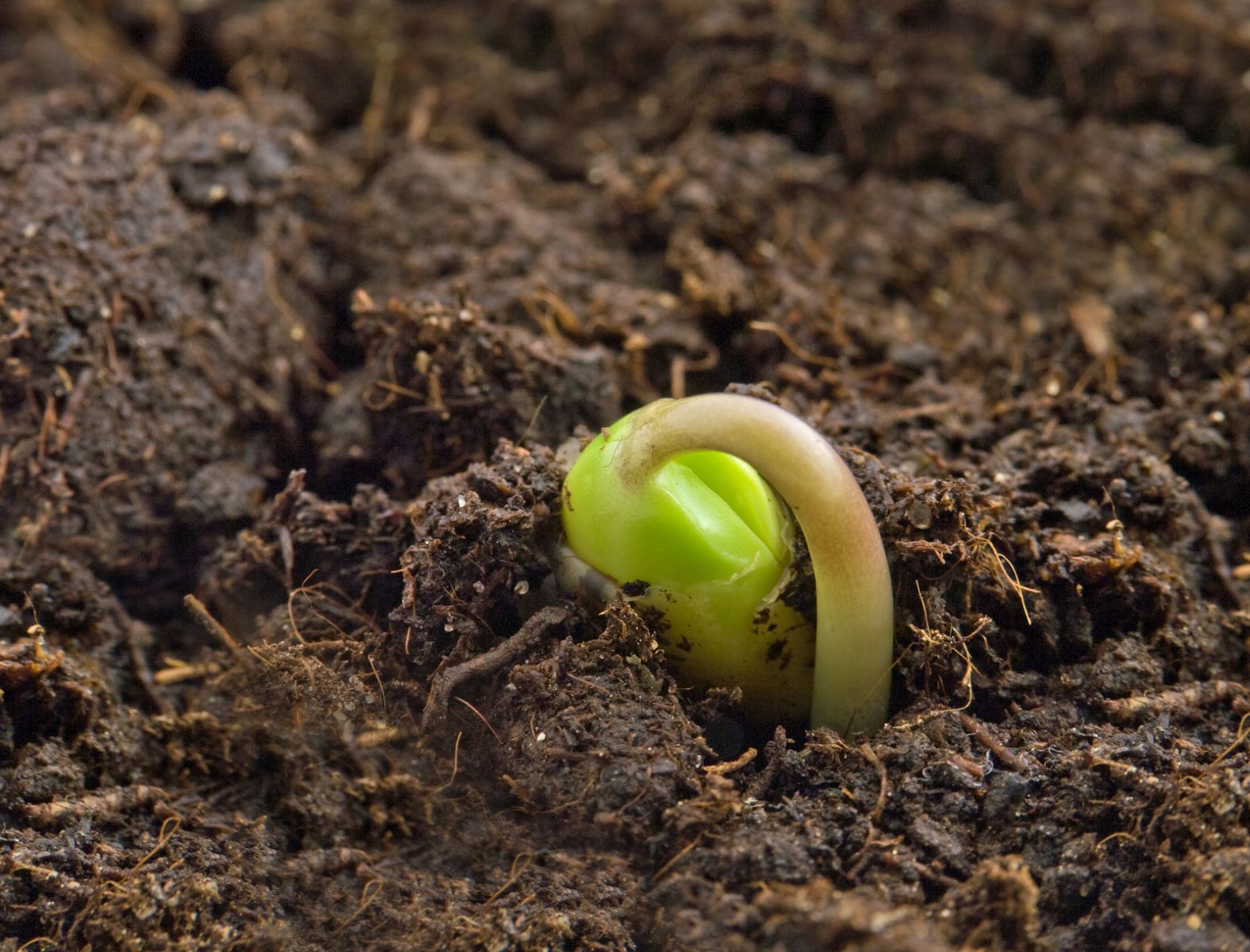
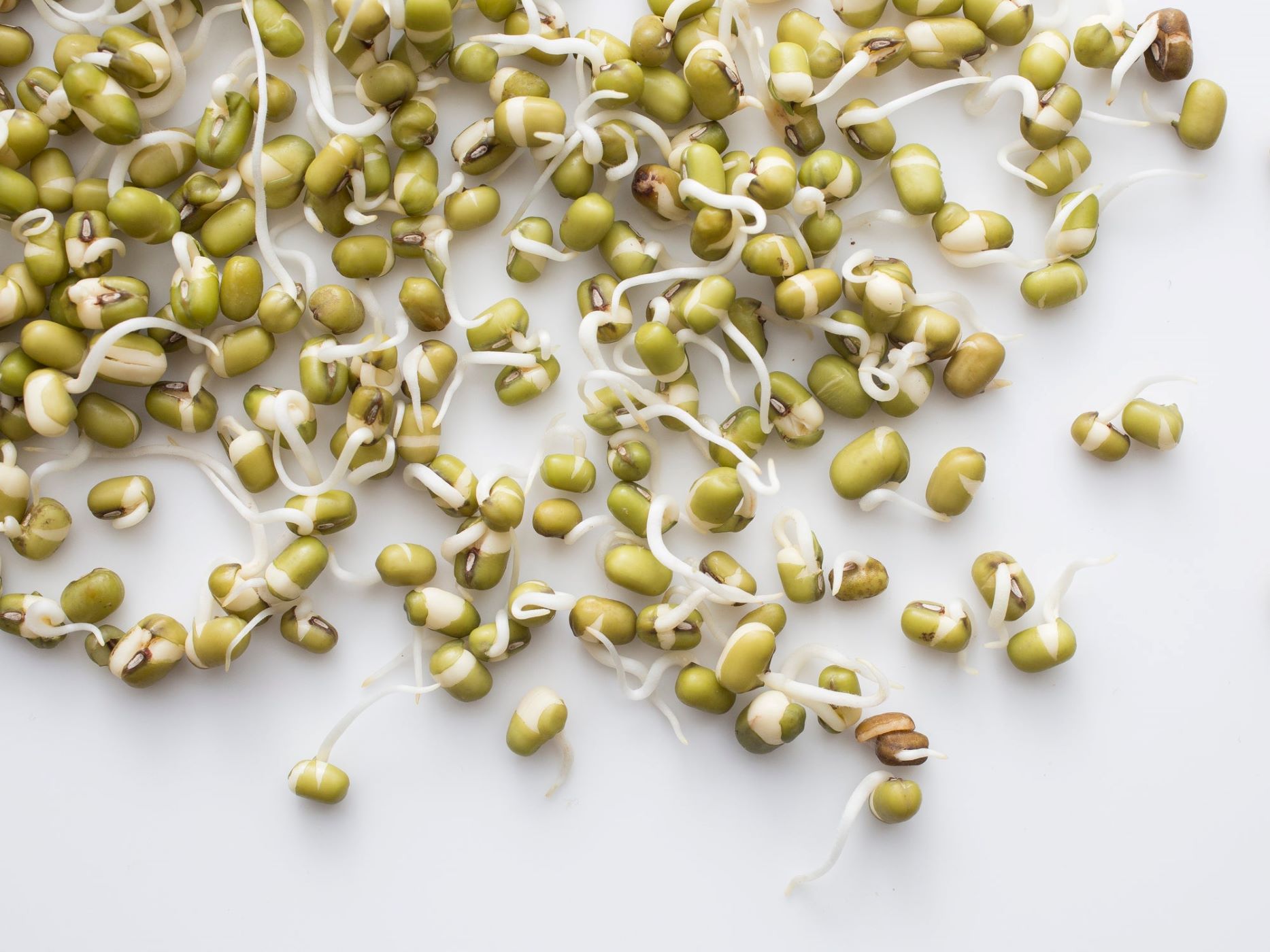
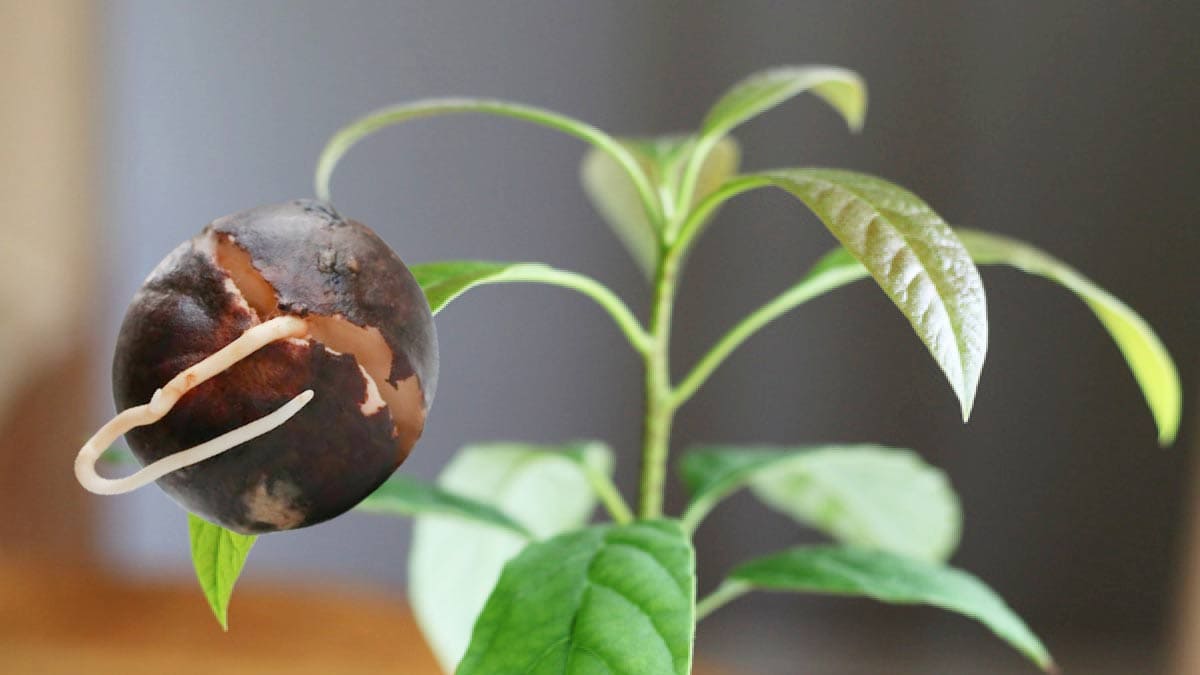
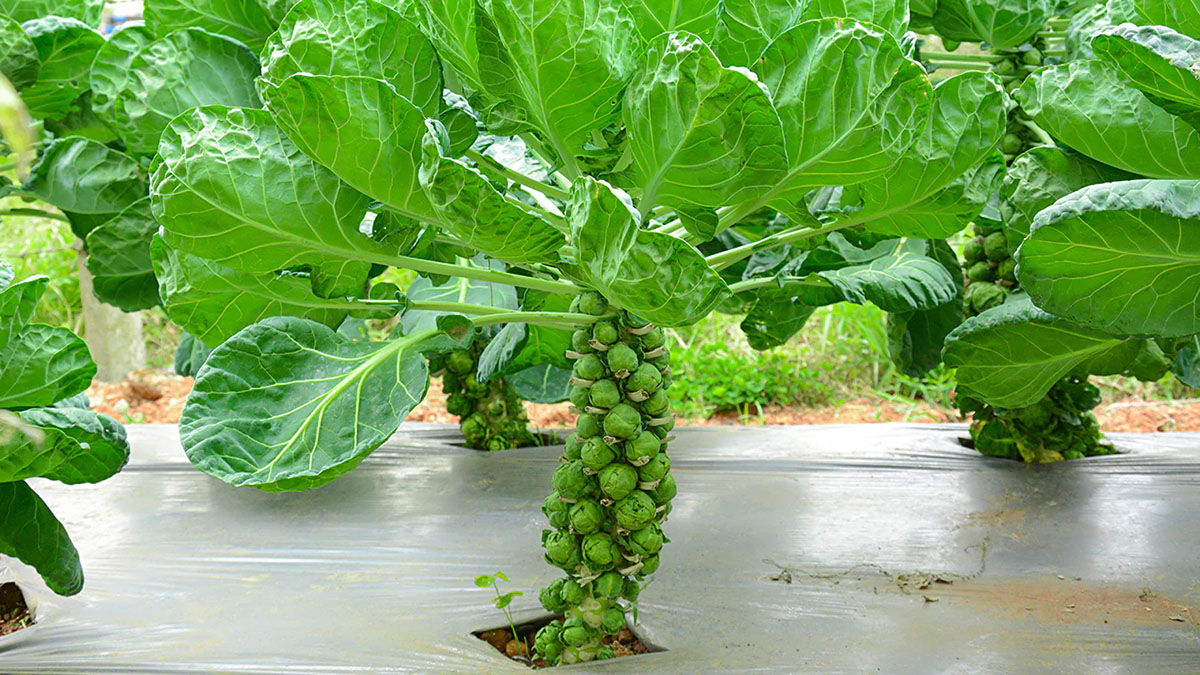
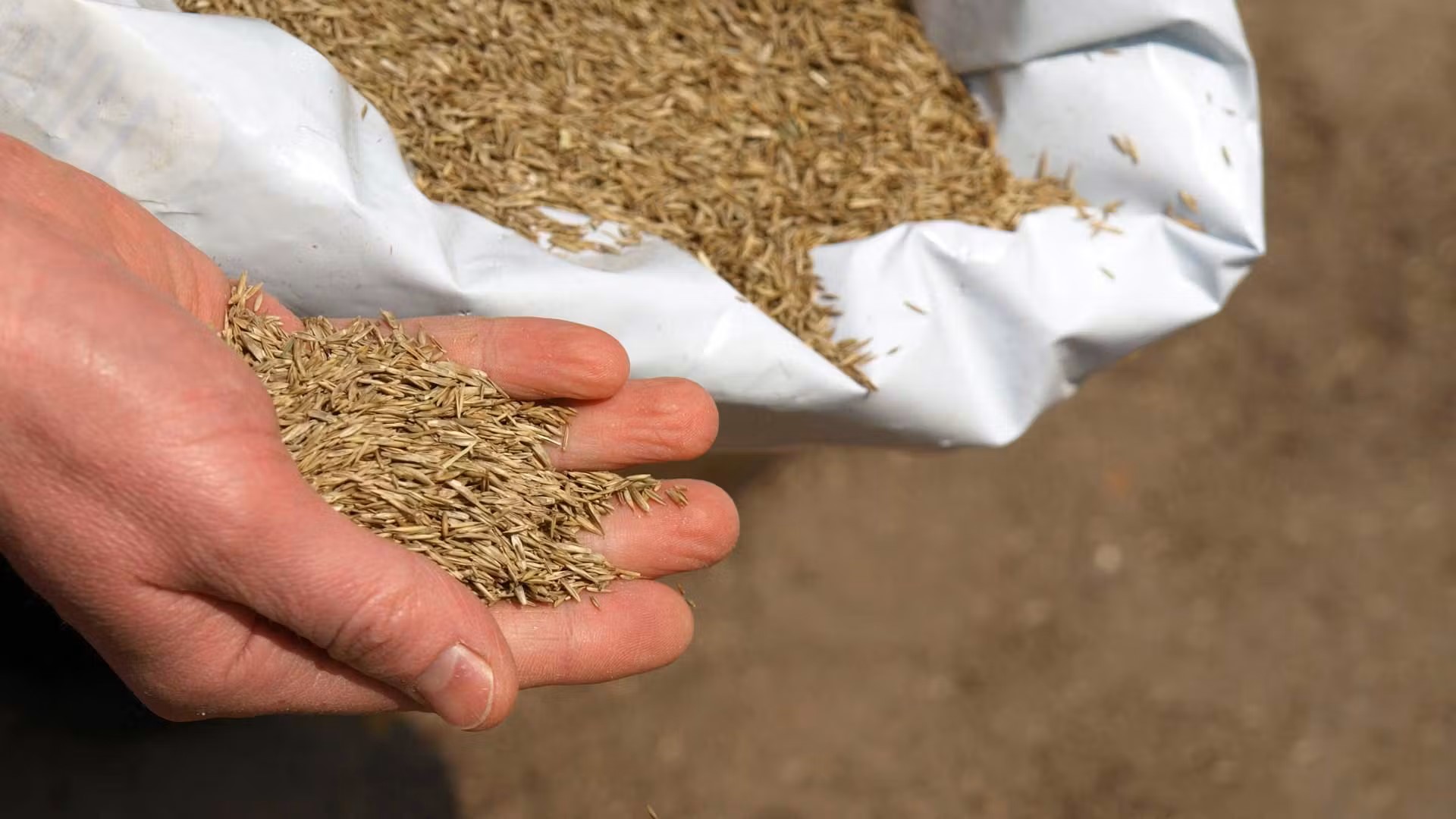
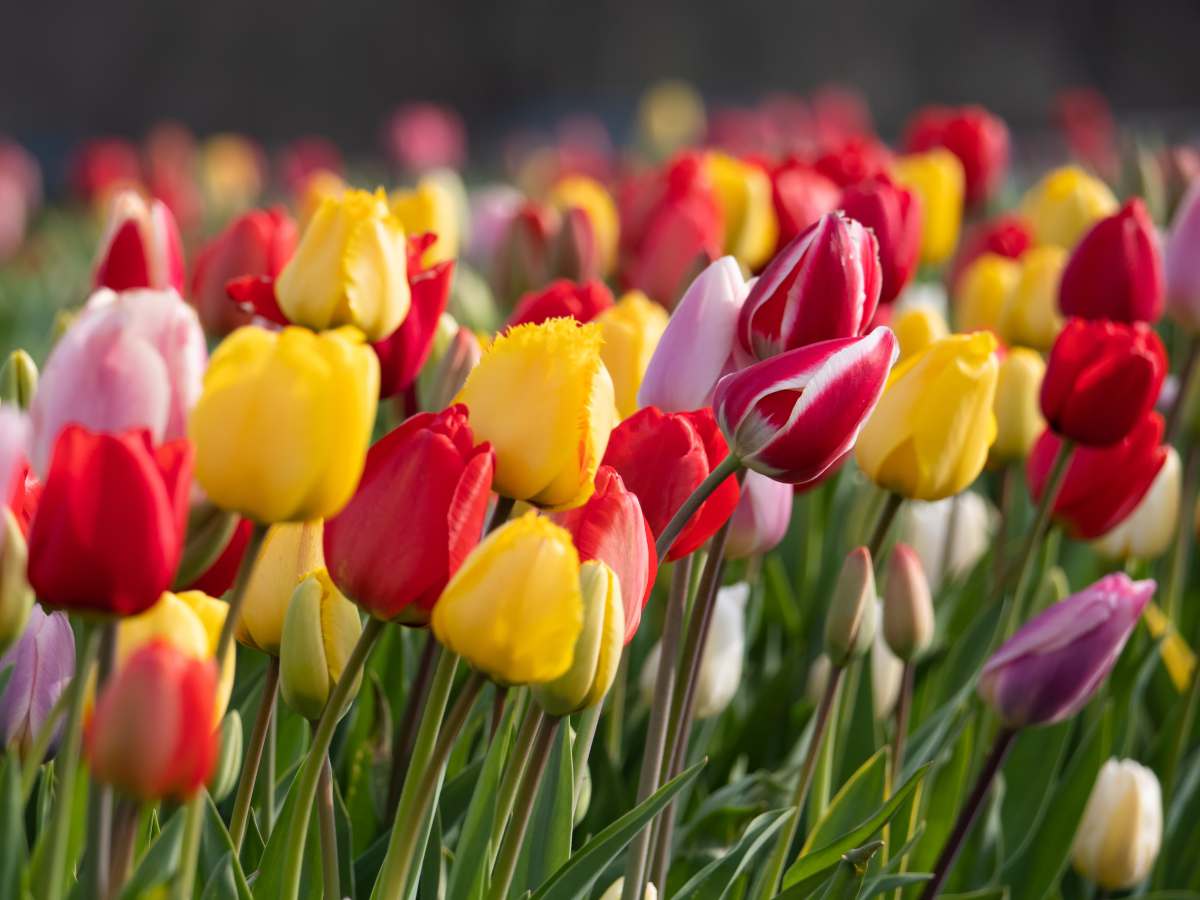

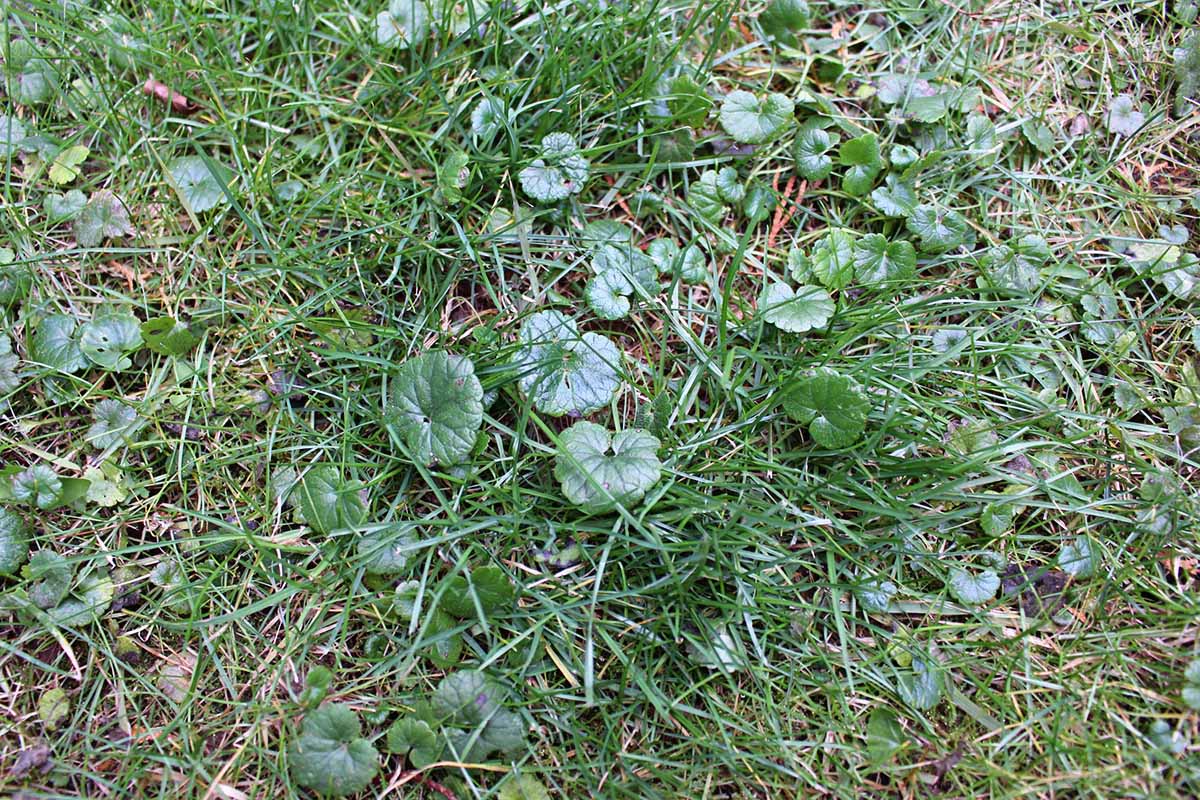
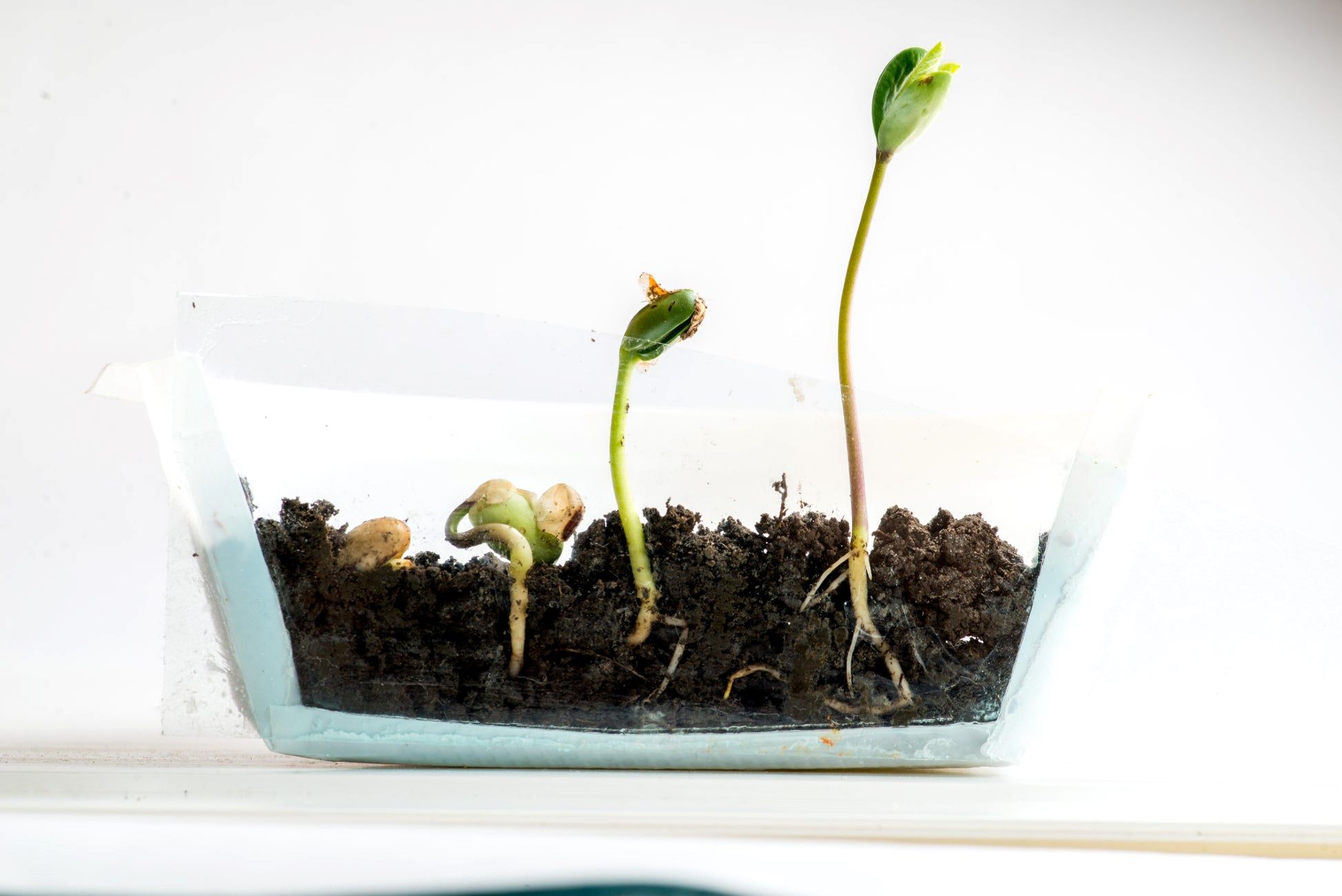
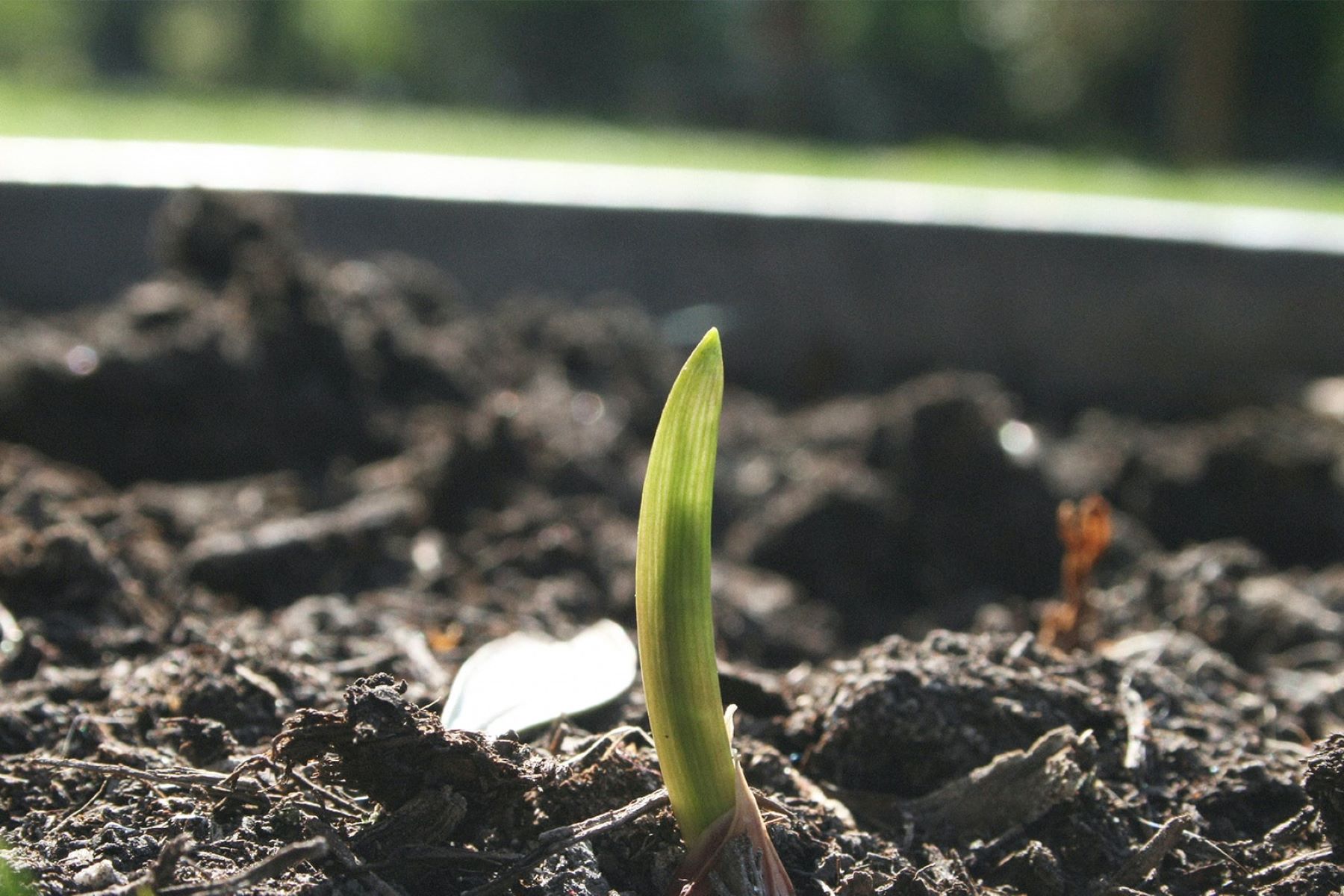
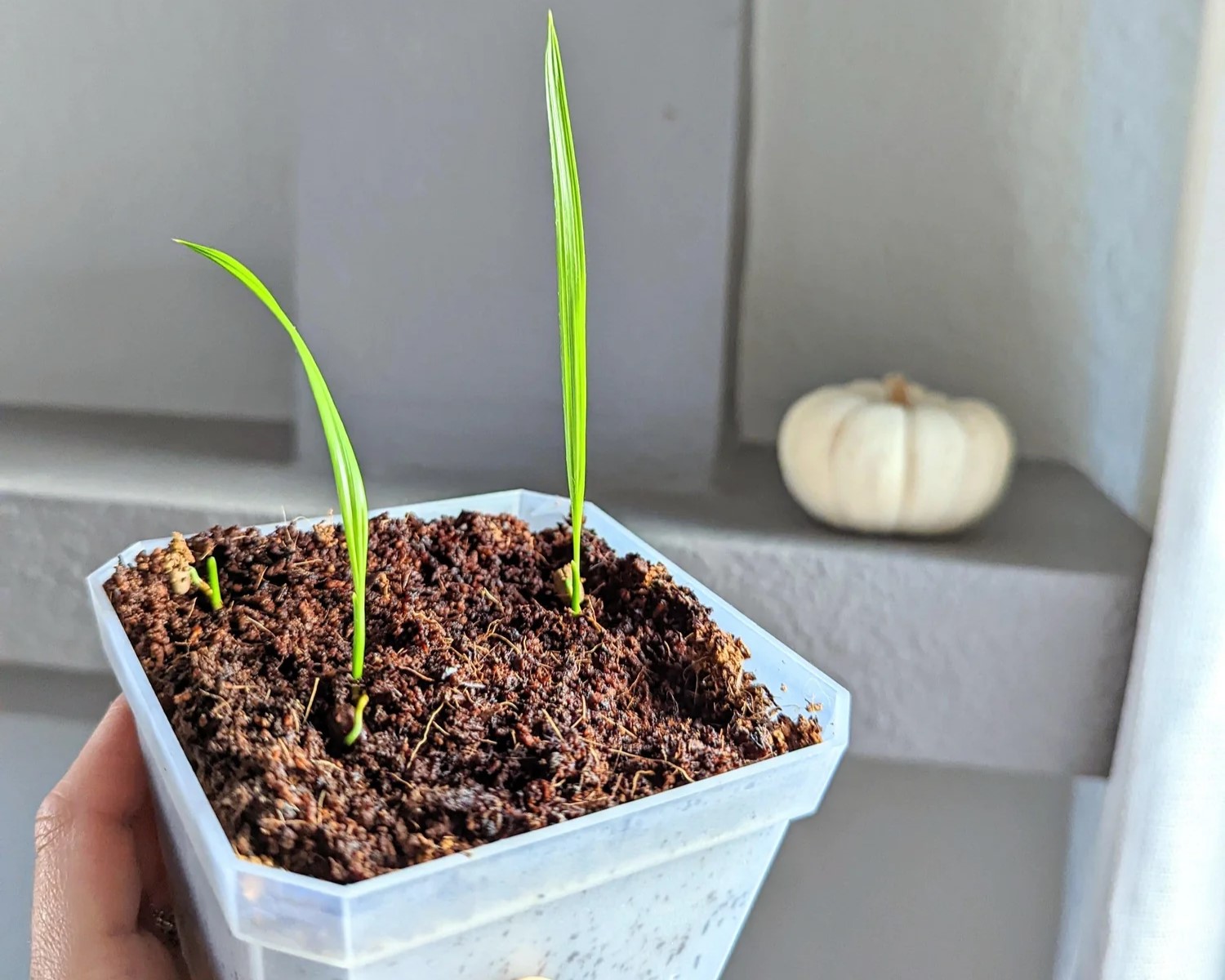
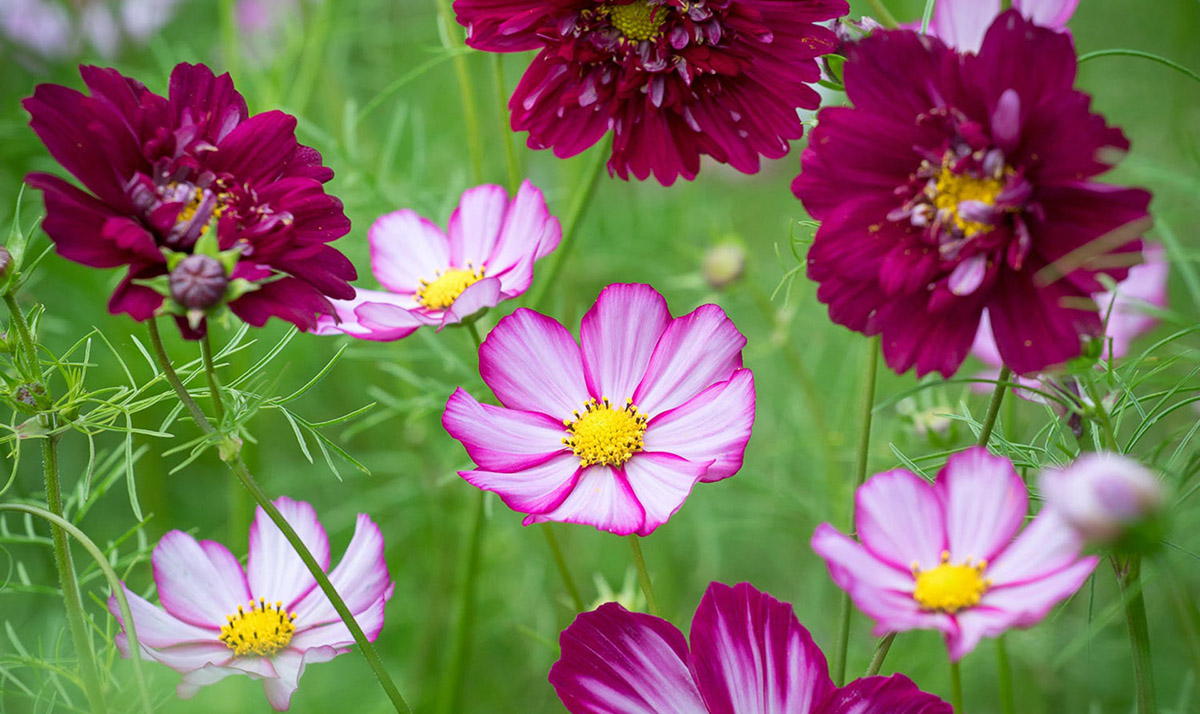
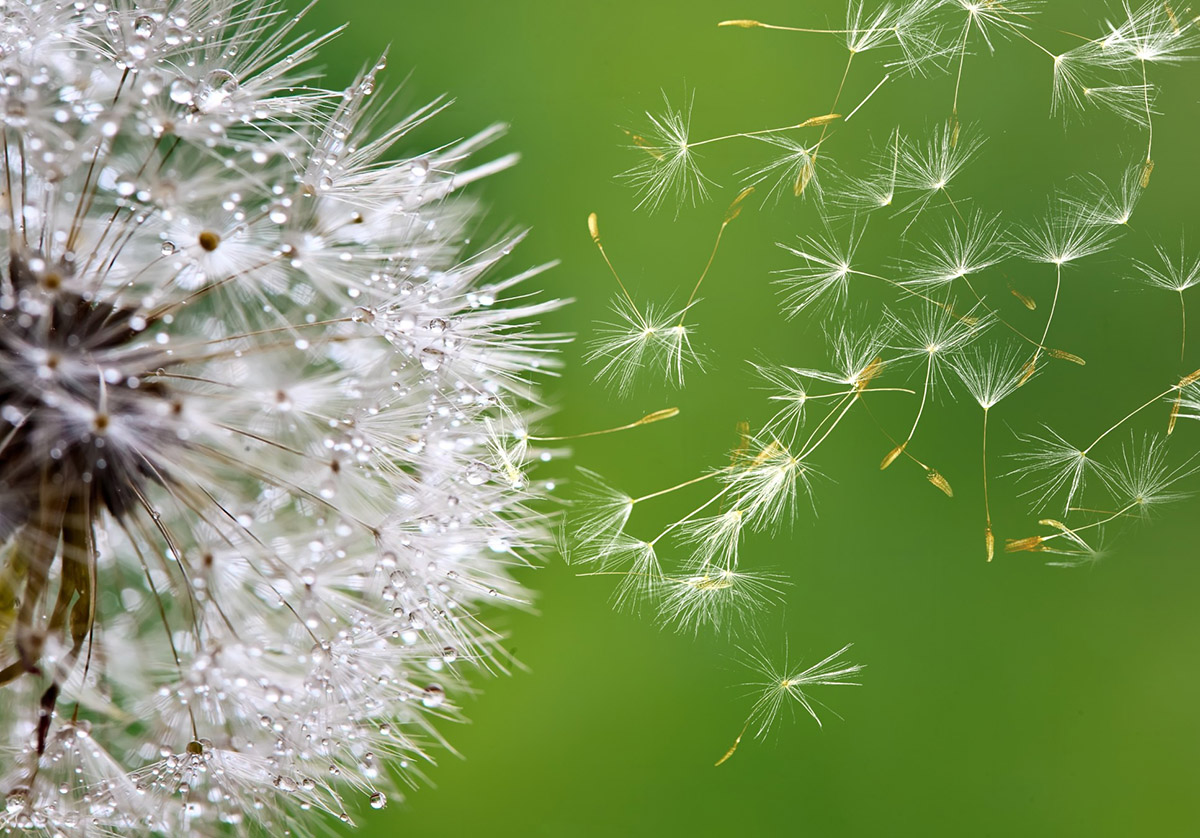
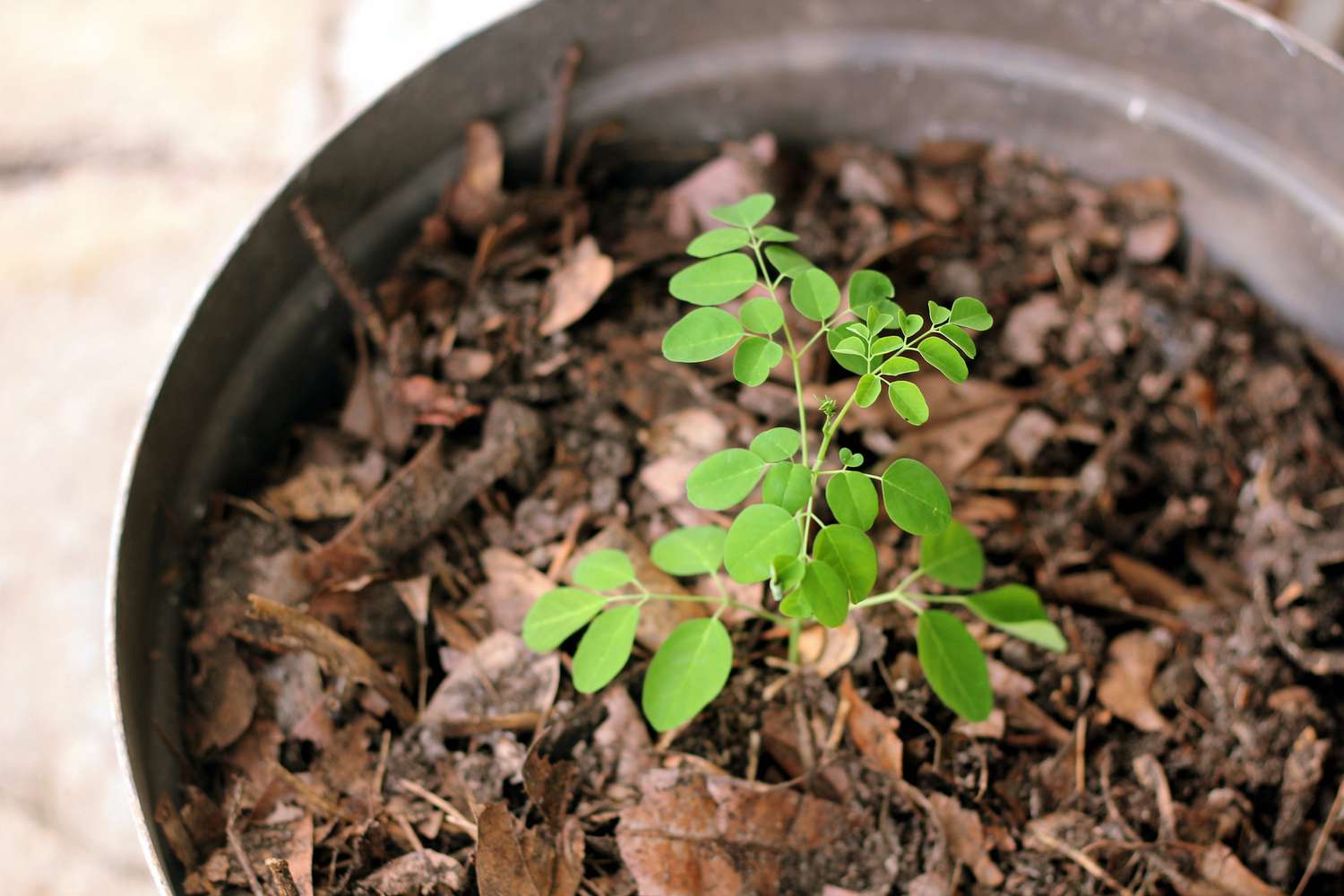

0 thoughts on “When Do Seeds Sprout”